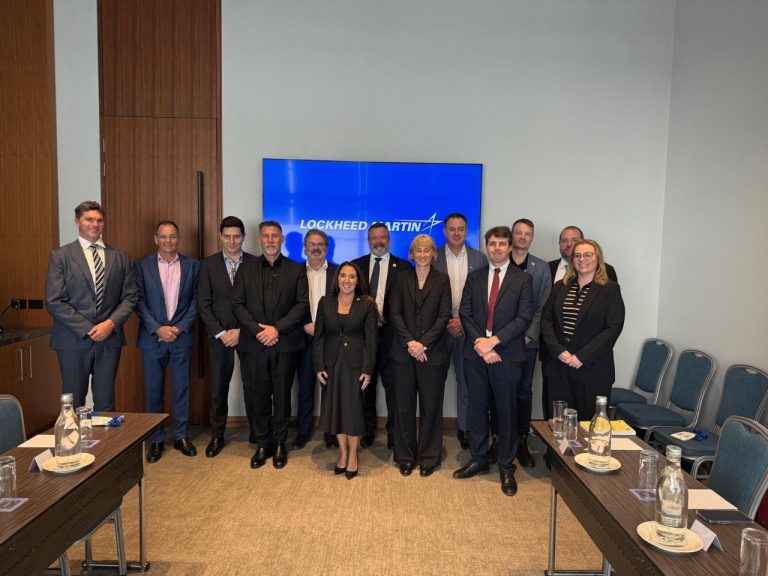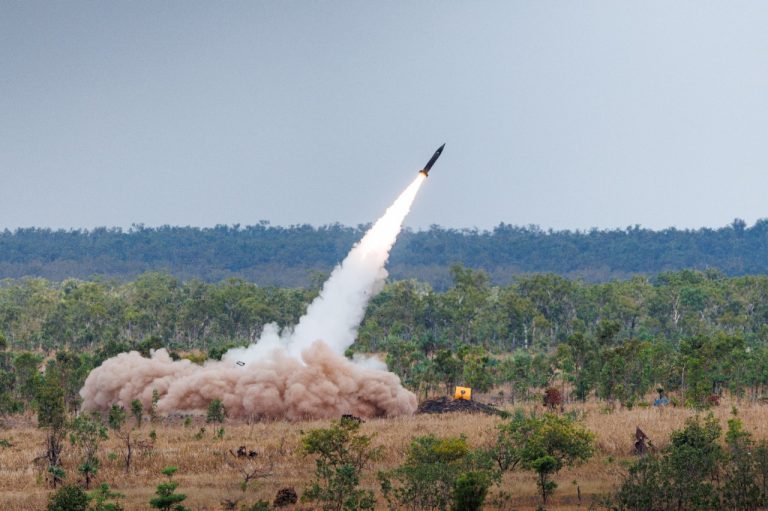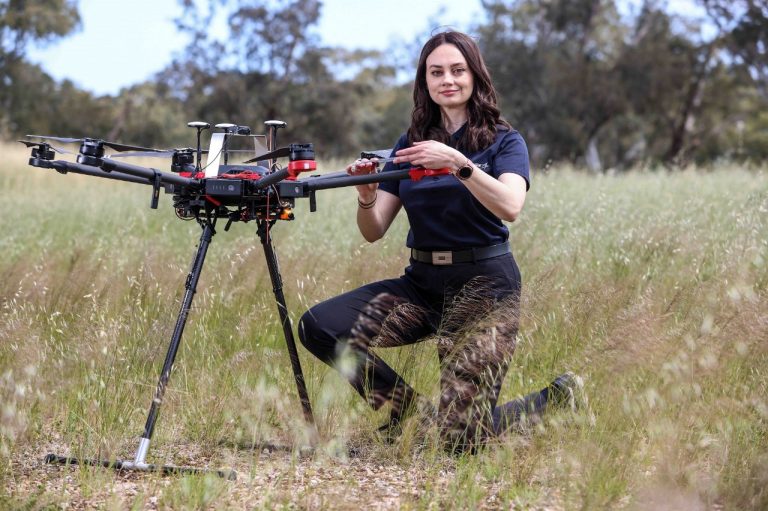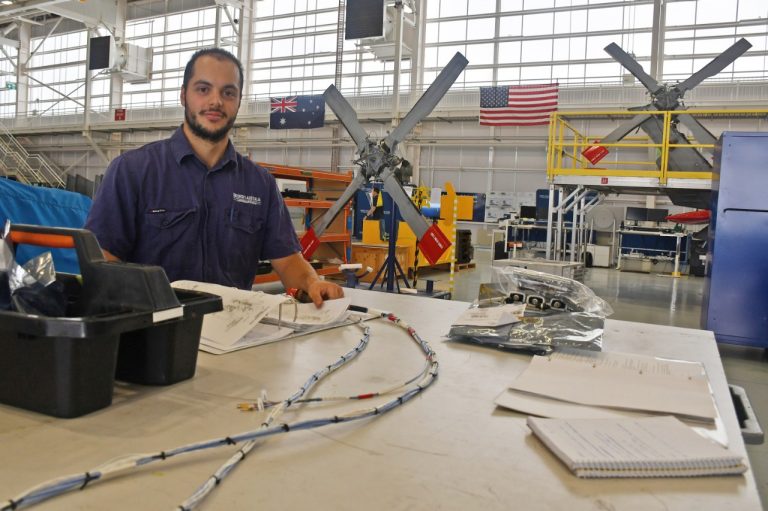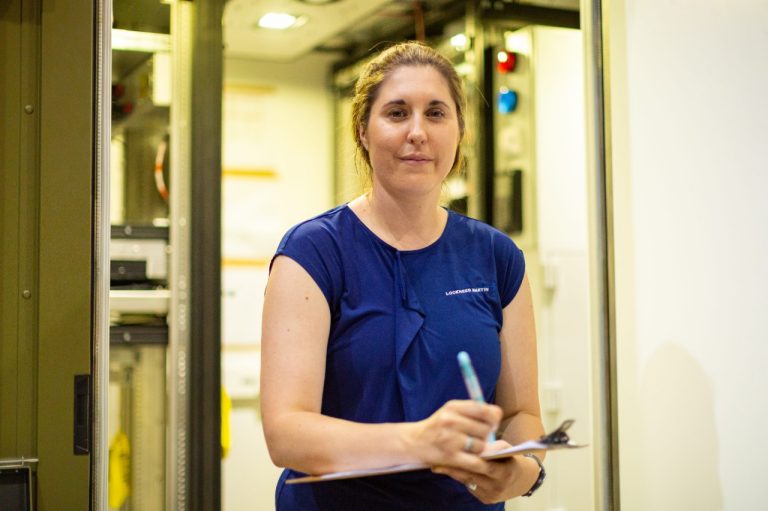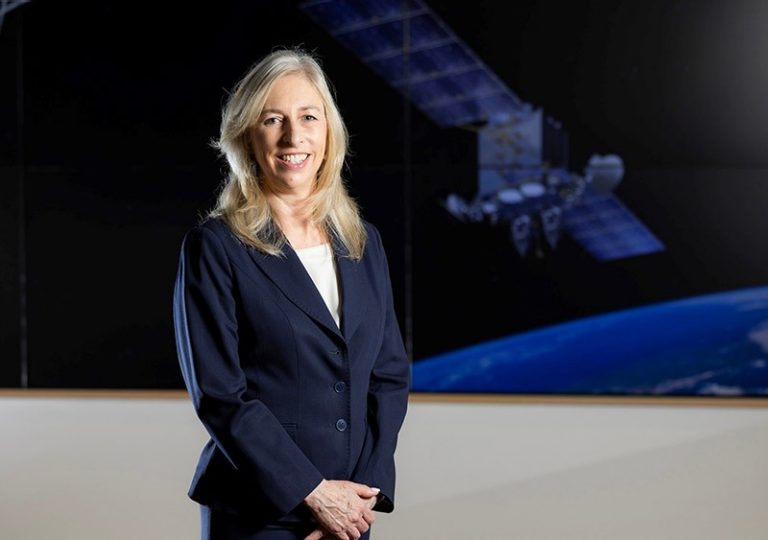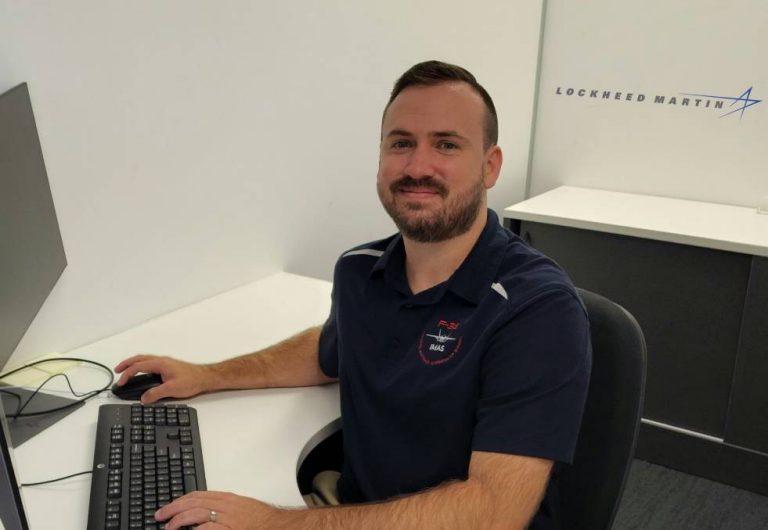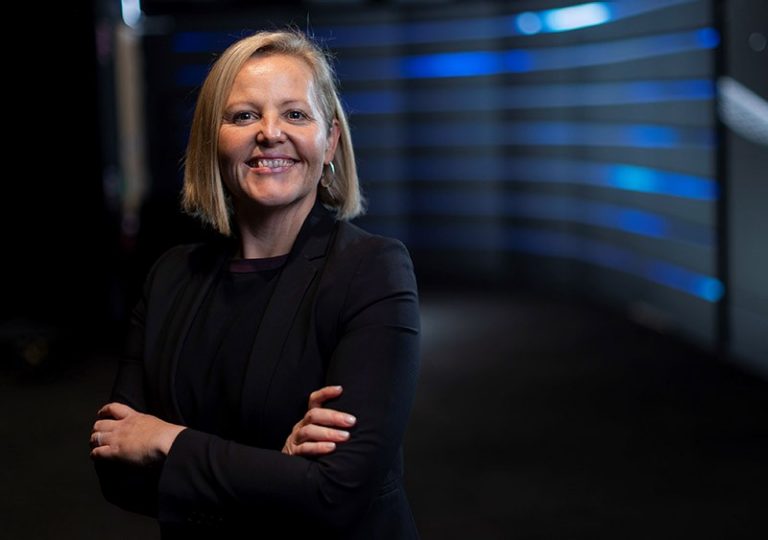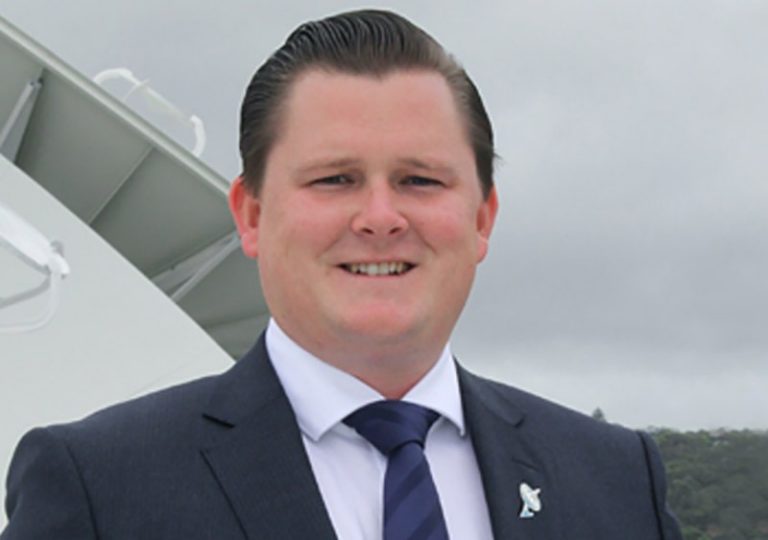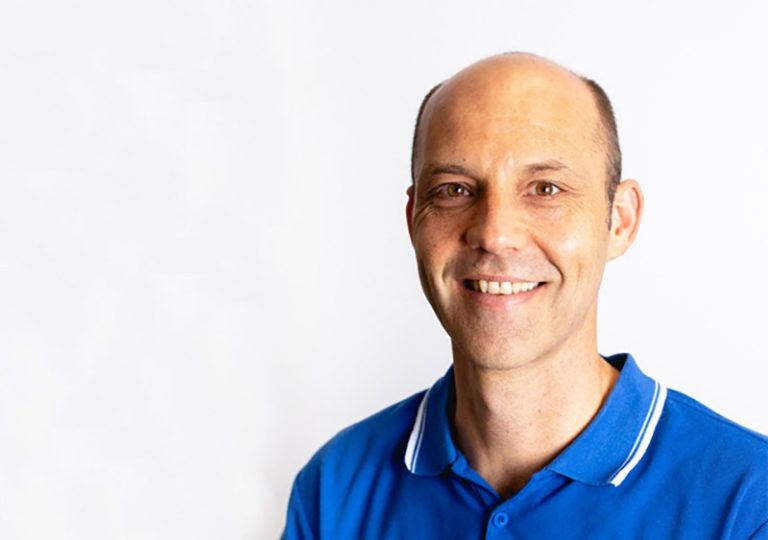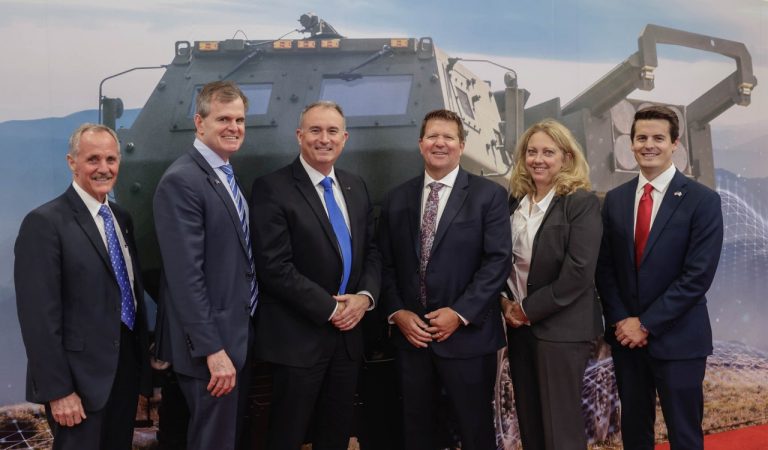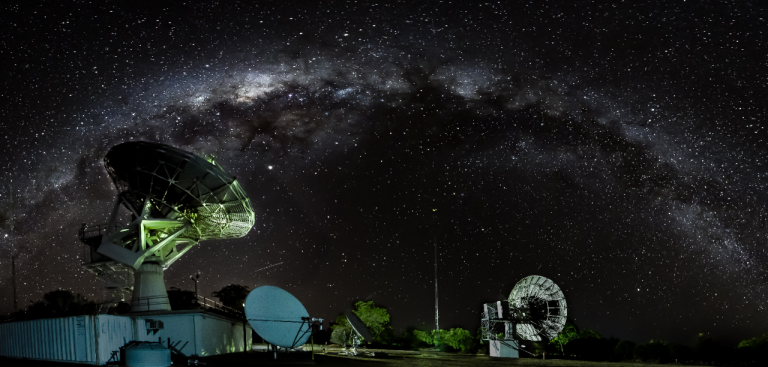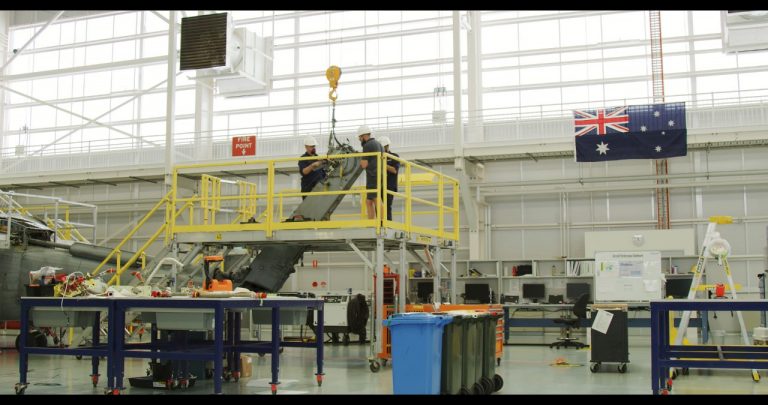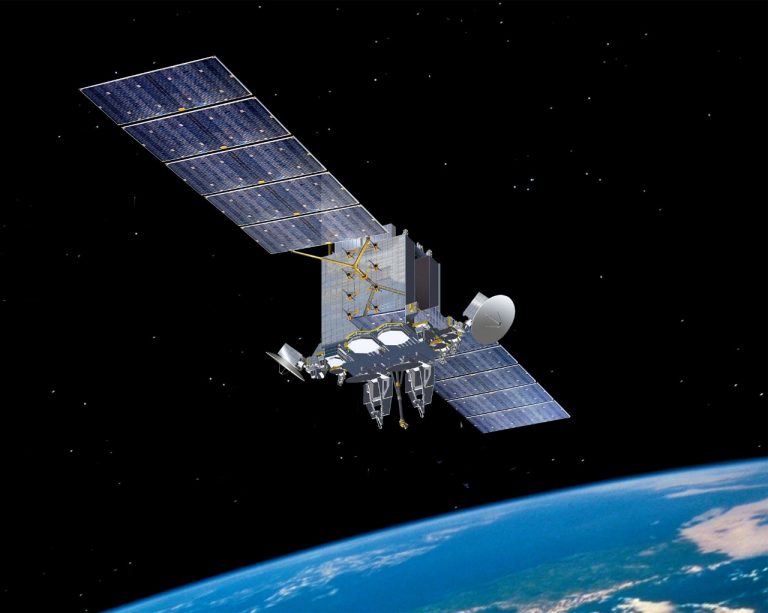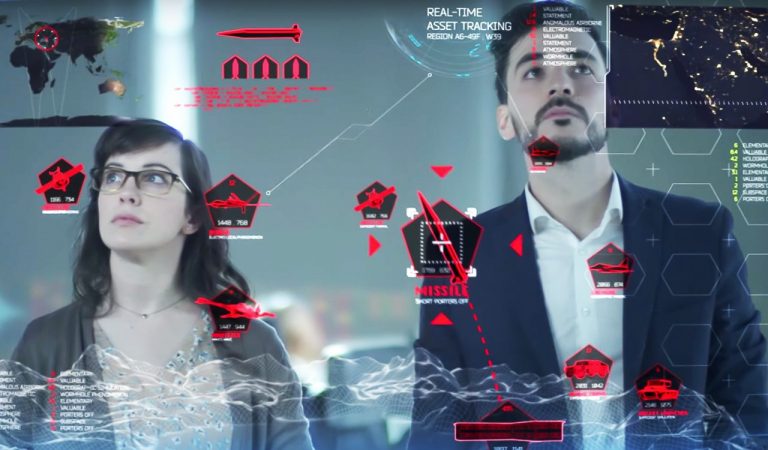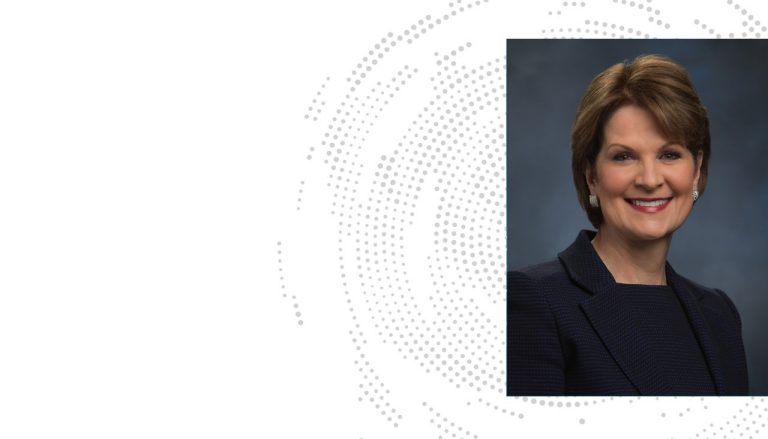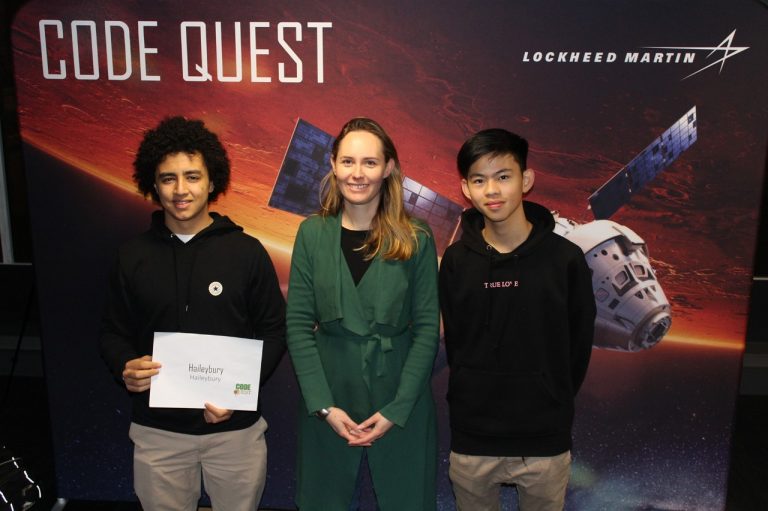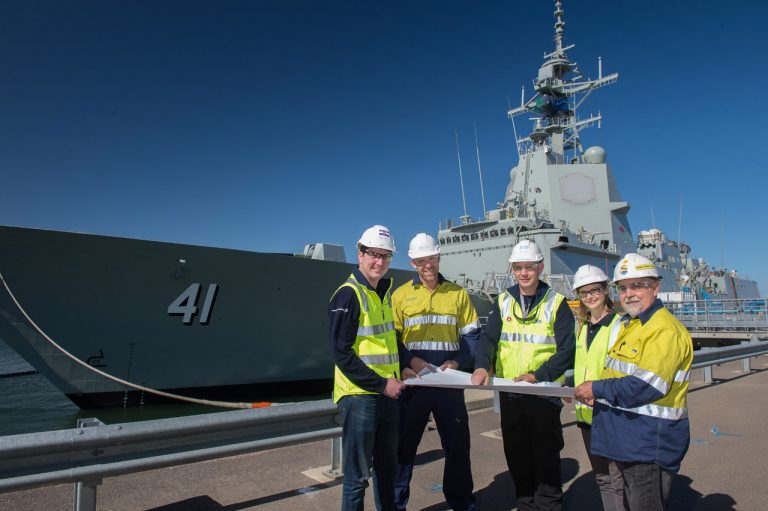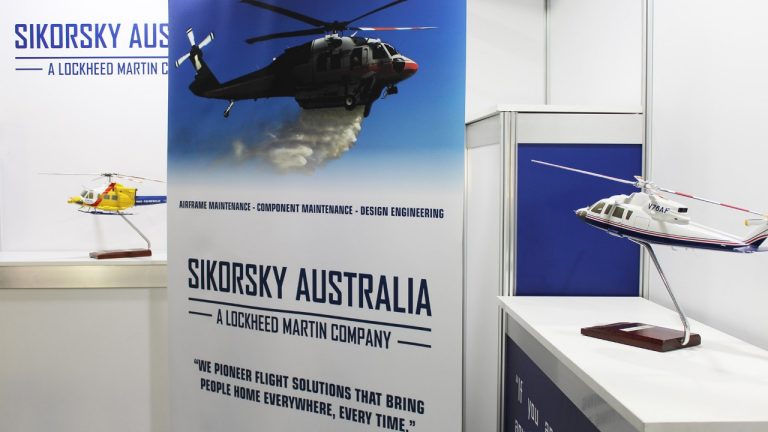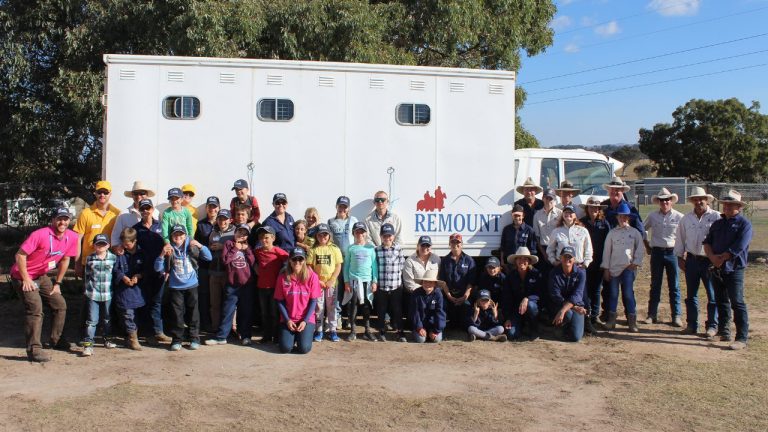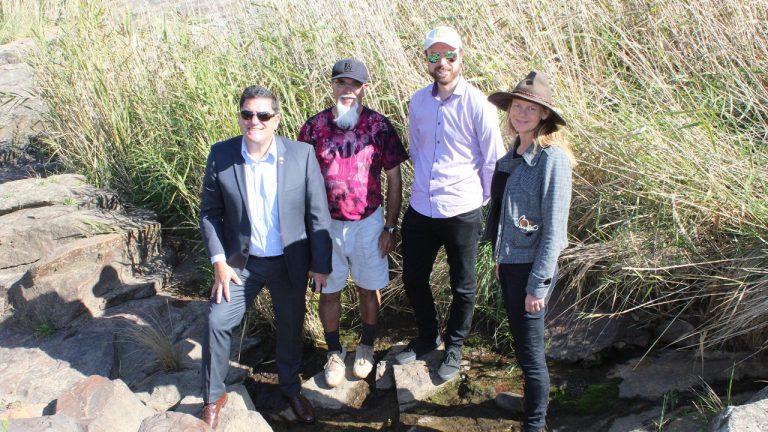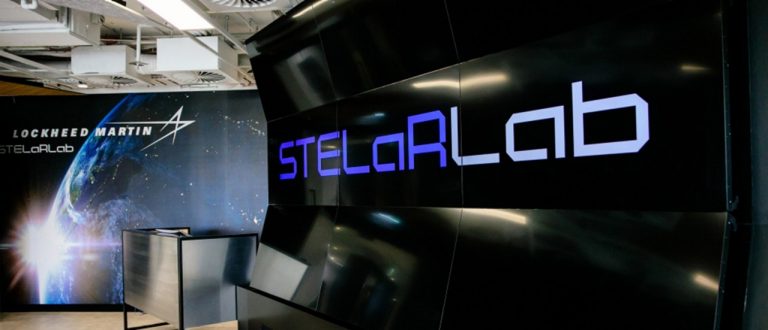Featured News
Australian Army’s live firing of Precision Strike Missile (PrSM) during Exercise Talisman Sabre 2025 advanced Australia’s long-range fires capability.
Lockheed Martin Australia has joined forces with Western Sydney University (WSU) to help shape the future of Australia’s aerospace industry.
Sydney Event Outlines Procurement Steps and Capability Requirements for Australian Defence Suppliers
Sydney Event Outlines Procurement Steps and Capability Requirements for Australian Defence Suppliers
Paired with the PrSM, HIMARS reaches a new level of combat relevance.
Longbow Limited Liability Company (Longbow LLC) —a joint venture between Lockheed Martin and Northrop Grumman — is proud to support the upcoming delivery of the AH-64E Apache aircraft to Australia.
Advancing 21st Century Security Deterrence Through Australia
Lockheed Martin is committed to strengthening ties with Australia and Indo-Pacific allies to support defense solutions for challenges of the region.
Today’s global security challenges reinforce the need for allied presence in the Indo-Pacific.
For over five years, Veteran-owned advisory firm Conscia has helped customers across Australia bring complex projects to life.
First announced in March 2021, the Guided Weapons and Explosive Ordnance (GWEO) Enterprise is central to Australia’s modern Defence capabilities.
Jessica Sharpe is working with future technologies as a hardware engineer at Lockheed Martin Australia.
Luca Taglieri recently received the company’s Rising Star Award, given to employees who demonstrate Sikorsky Australia’s values and go above and beyond
To ensure a steady talent pipeline to maintain the Seahawks, Sikorsky Australia began an aircraft maintenance engineer apprenticeship program in 2018.
Lizz Wells is recognised future leader whose work behind the scenes at Lockheed Martin Australia supports Australia’s national security endeavours.
Throughout Julia Dickinson's career, she has cultivated a deep passion for increasing the number of women in STEM.
The initiative, called STEMstart, was formed in 2016 and was Australia’s first integrated STEM, vocational education and training pre-employment program.
For Lockheed Martin Australia’s International Business Development Director, Rotary and Mission Systems, Kendell Kuczma, growing up on the New South Wales South Coast as the proud daughter of small business operators had a profound influence on her desire to explore a future career as a leader and businesswoman in Australia’s dynamic and rewarding defence sector.
For over 40 years, Av-Comm Space and Defence has designed, manufactured and installed satellite ground stations for customers across Australia.
Inovor Technologies, a leading supplier of advanced small satellite technology, has delivered an impressive array of work in its relatively short life.
Lockheed Martin Australia will expand and open a program office in Canberra, along with another office in partnership with Thales Australia in Mulwala.
In an ever-evolving threat environment, Javelin’s unique capabilities make a difference on the battlefield for users around the globe.
Lockheed Martin is delivering transformative capabilities to its domestic and international partners so that they can protect what matters most.
The government of Australia have awarded Lockheed Martin a contract to establish the Southern Positioning Augmentation Network.
Lockheed Martin Australia’s Endeavour Centre delivers an immersive environment for complex collaboration, demonstration of innovative products and services
In June 2020, Lockheed Martin Australia (LMA) successfully executed a range of complex Aegis upgrades onboard HMA Ships Hobart and Brisbane in Sydney during the challenging COVID-19 lockdown.
Sikorsky Australia, a Lockheed Martin company, is committed to enabling a resilient Australian sovereign defence capability by delivering cost-effective, advanced capability while maximising Australian Industry Capability.
For Lockheed Martin Australia’s Engagement and Commercial Lead for AIR6500, Kendell Kuczma, growing up on the New South Wales South Coast as the proud daughter of small business operators had a profound influence on her desire to explore a future career as a leader and businesswoman in Australia’s dynamic and rewarding defence sector.
As a trusted space technology and capability partner to Australia, Lockheed Martin Australia (LMA) is committed to cultivating excellence in the next generation of Australia’s sovereign space and satellite communications workforce.
Lockheed Martin Australia is proud to support Greening Australia, who have been restoring Australia’s unique landscapes and protecting biodiversity at scale through collaborative, science-based programs for nearly 40 years.
Lockheed Martin Australia congratulates the Royal Australian Navy (RAN) on achieving Final Operational Capability for the Hobart-class Destroyer fleet.
Creating C2BMC, The Centerpiece of the U.S. Ballistic Missile Defense System
As the foundation of the Missile Defense Agency’s Missile Defense System, C2BMC is the force multiplier that globally and regionally networks, integrates and synchronizes autonomous sensors and weapon systems and operations to optimize performance.
Success in this future battlespace scenario will require what the U.S. military calls Multi-Domain Operations (or MDO).
Remarks as Prepared by Chairman, President & CEO Marillyn A. Hewson
A team from Melbourne’s Haileybury school has won the inaugural Lockheed Martin Code Quest Australia programming competition.
Lockheed Martin ramps up training of industry partners
Lockheed Martin Australia’s DJ Daniels heads to the U.S for elite Aegis Training After an extensive technical career in the Royal Australian Navy, new Lockheed Martin Australia technician DJ Daniel jumped at the opportunity to join a team of globally elite technicians invited to undertake advanced Aegis technical training at the Aegis Training and Readiness Centre in Virginia USA.
Defence kids saddle up as Lockheed Martin renews sponsorship for Remount
Ginninderra Creek where bush renewal is making a difference
In the military, the world of tomorrow is quickly becoming the world of today.
Pushing the boundaries of what is conceivable: that’s the remit of Lockheed Martin’s new research and development (R&D) facility in Australia.
Today’s battle is a multi-domain one, with conflicts coming from the air, land, sea, space and cyberspace.
Lockheed Martin Australia Corporate Headquarters:
Lockheed Martin Australia House
8 Brisbane Avenue
Barton ACT 2600
[or PO Box 4714, Kingston 2604 ACT]
Australia
+61 (0)2 6150 6500
Employment Opportunities:
If you are interested in applying for any of the positions we are currently recruiting for, please visit: Careers | Lockheed Martin
Media Questions: All questions from media professionals should be directed to our Corporate Communications office.
Requests for information about individuals: We regret that we cannot provide information about specific individuals working at Lockheed Martin Australia. This includes: e-mail addresses, telephone numbers, and employment verification.






